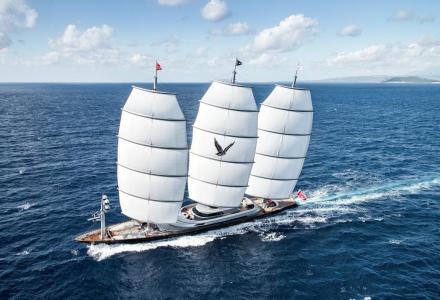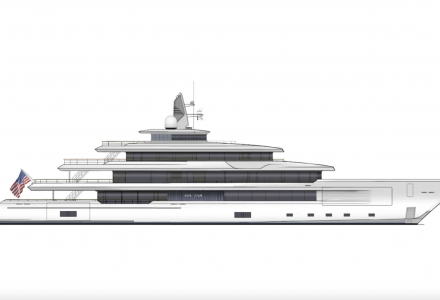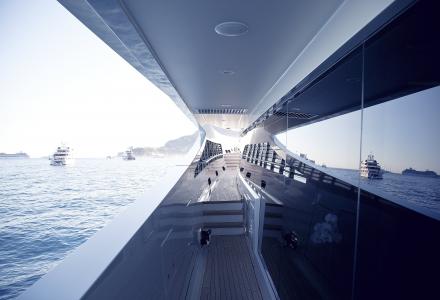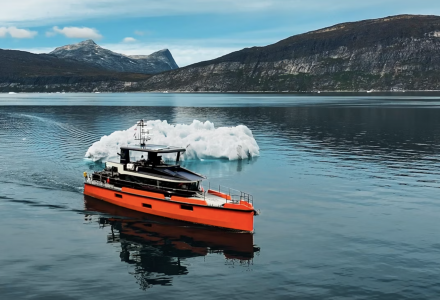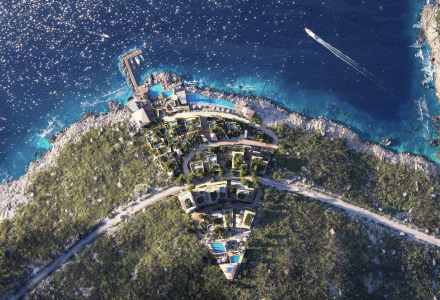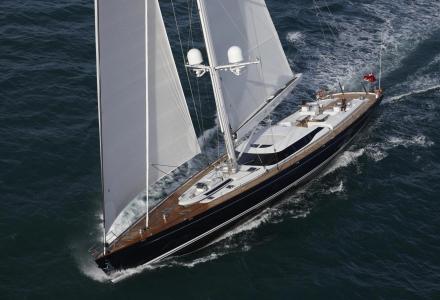Throughout yachting history, few superyachts have ever developed the international recognition from which the Maltese Falcon benefited ever since her delivery in 2006. Built for the late venture capitalist, Tom Perkins, the 88-meter yacht was until recently a contender for the title of largest sailing yacht in the world.
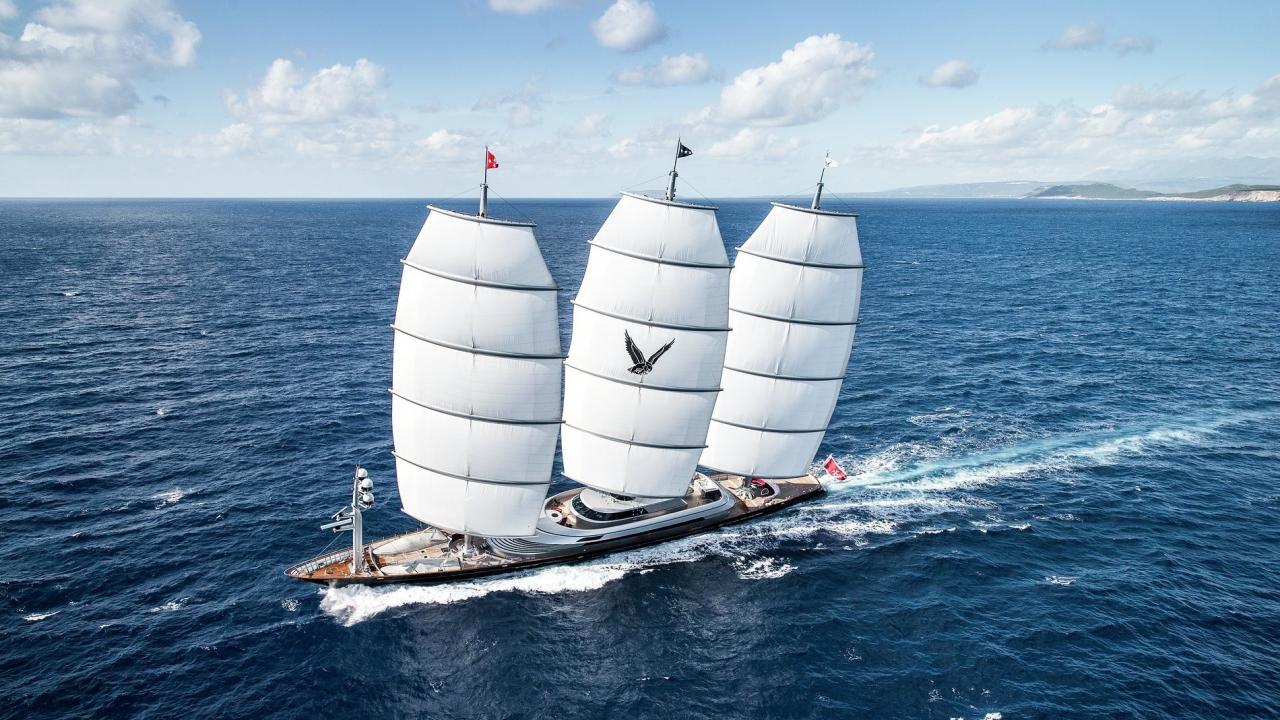
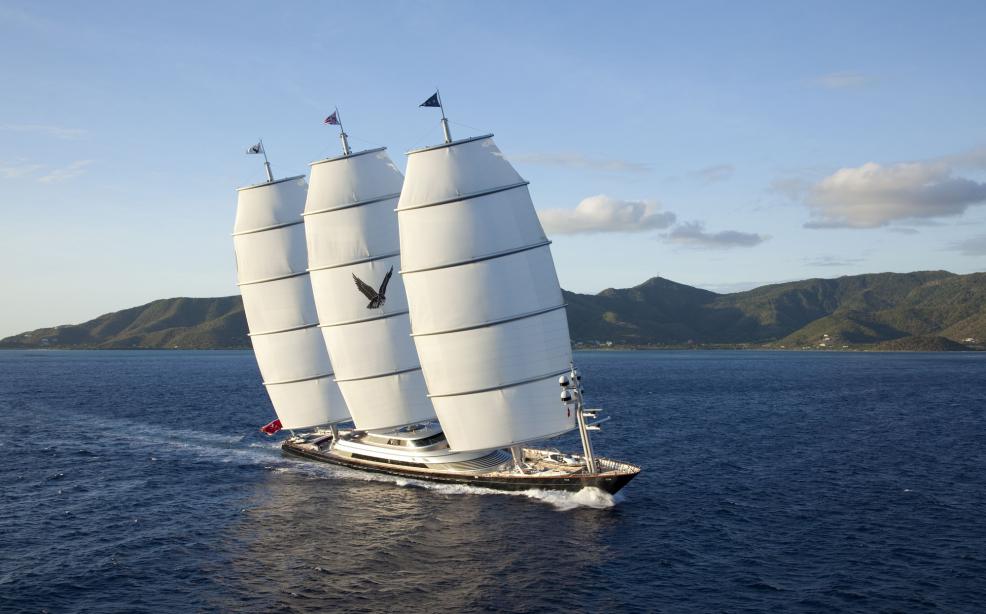
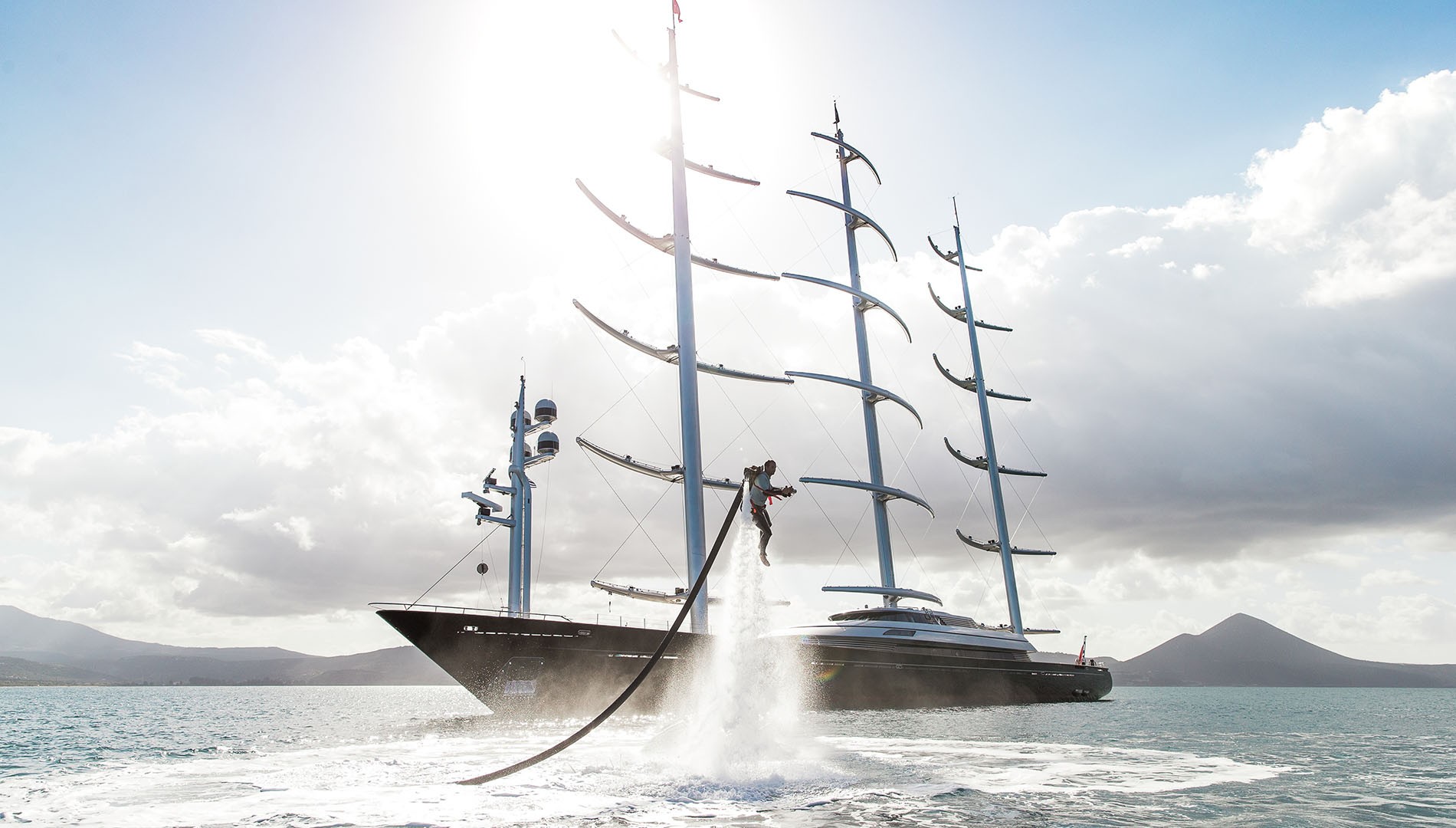
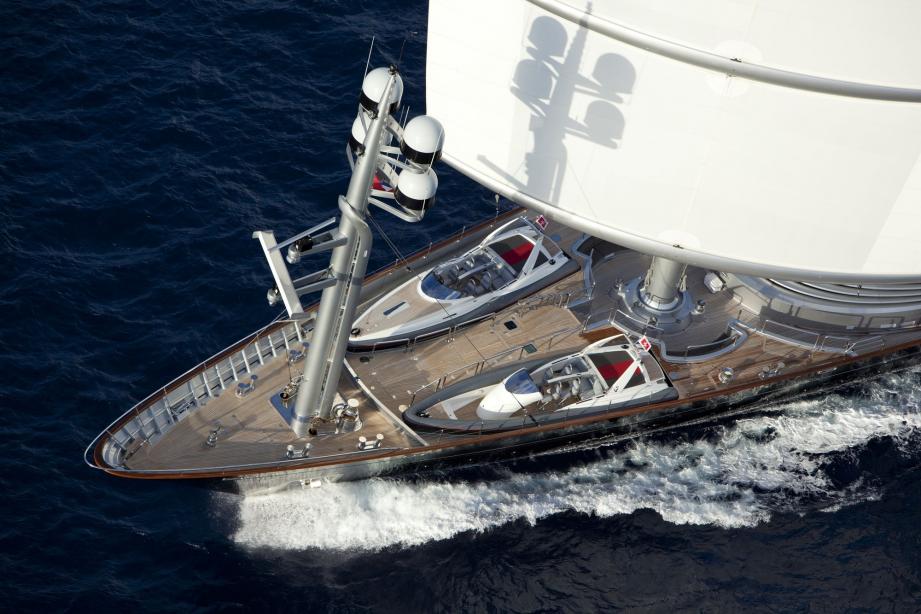
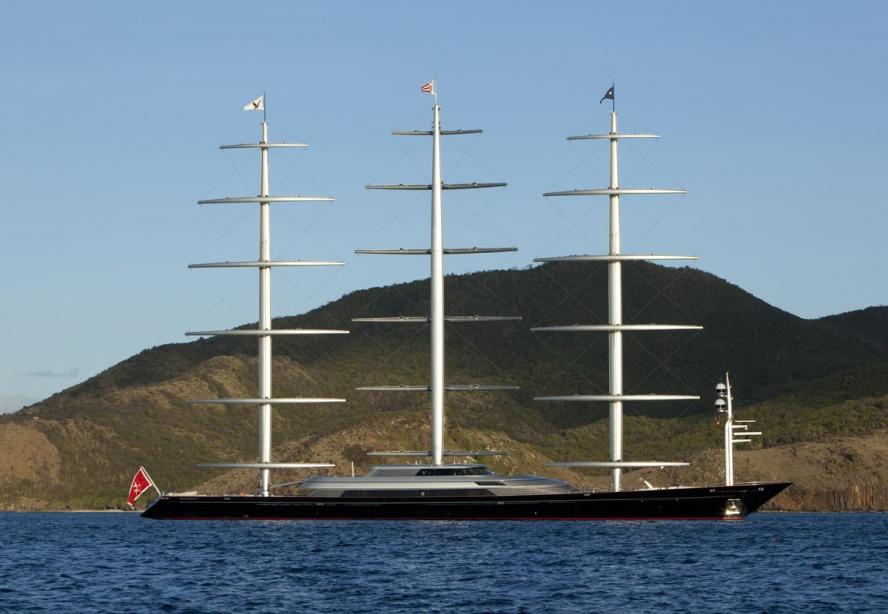
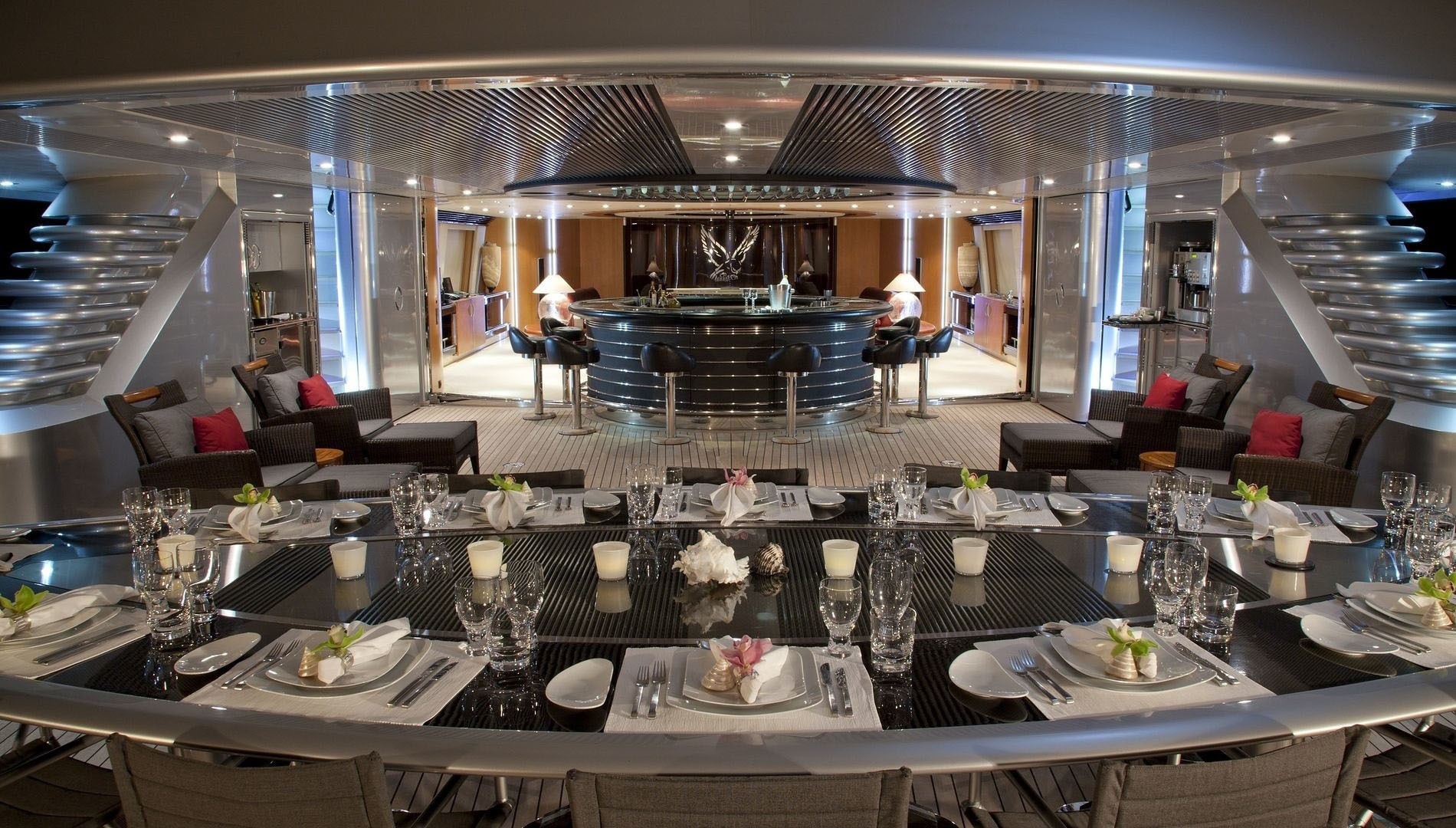
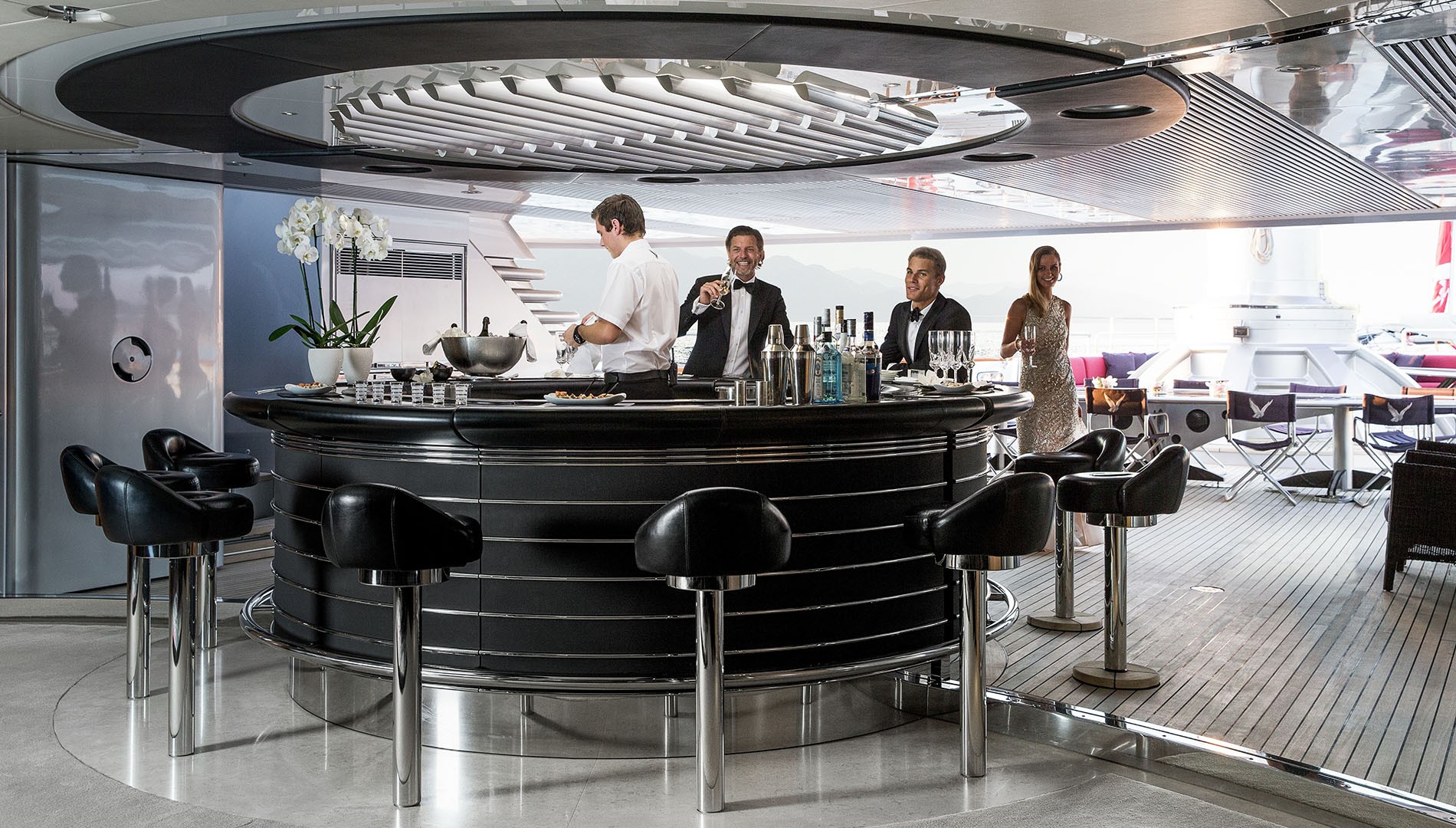
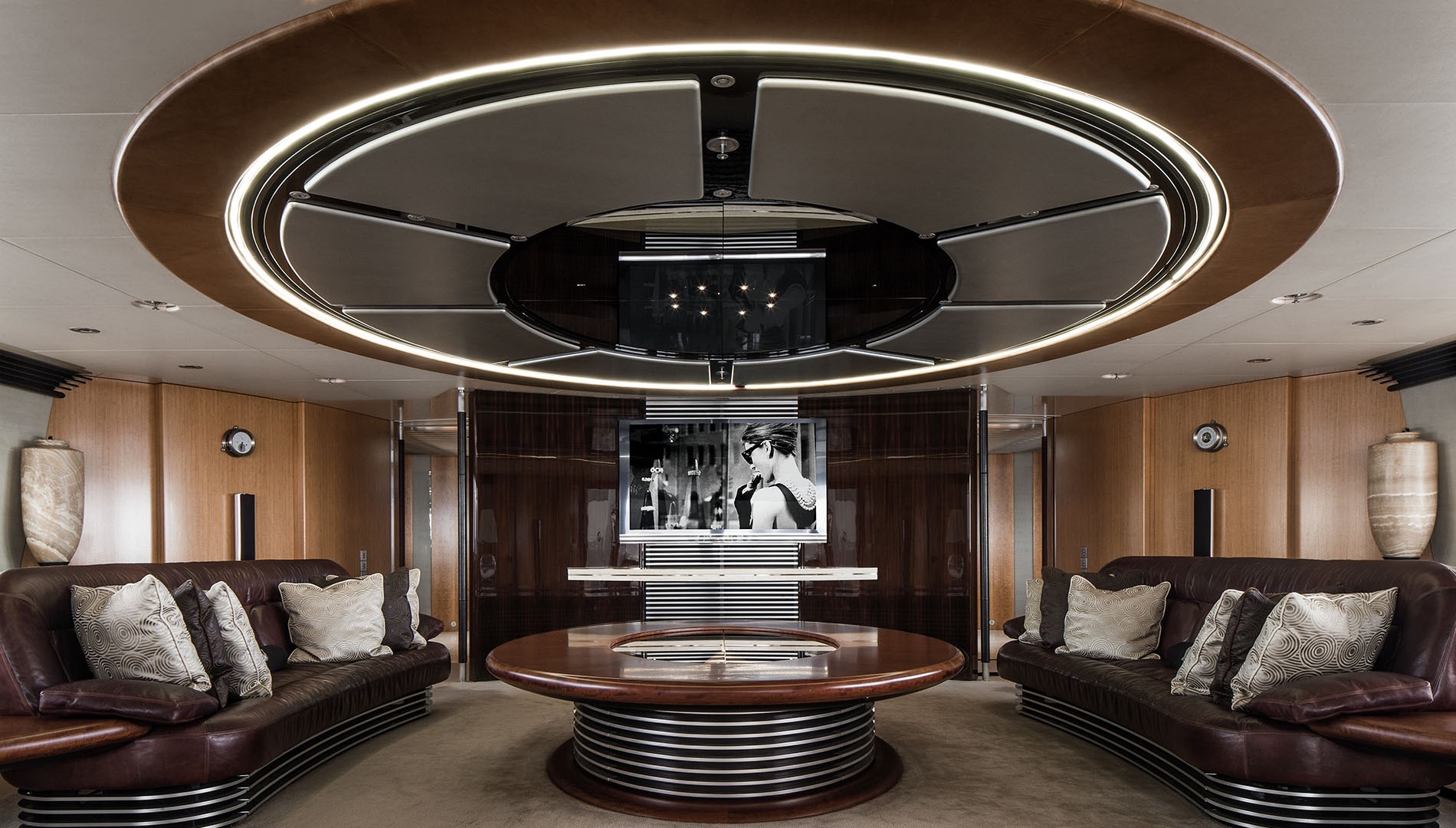
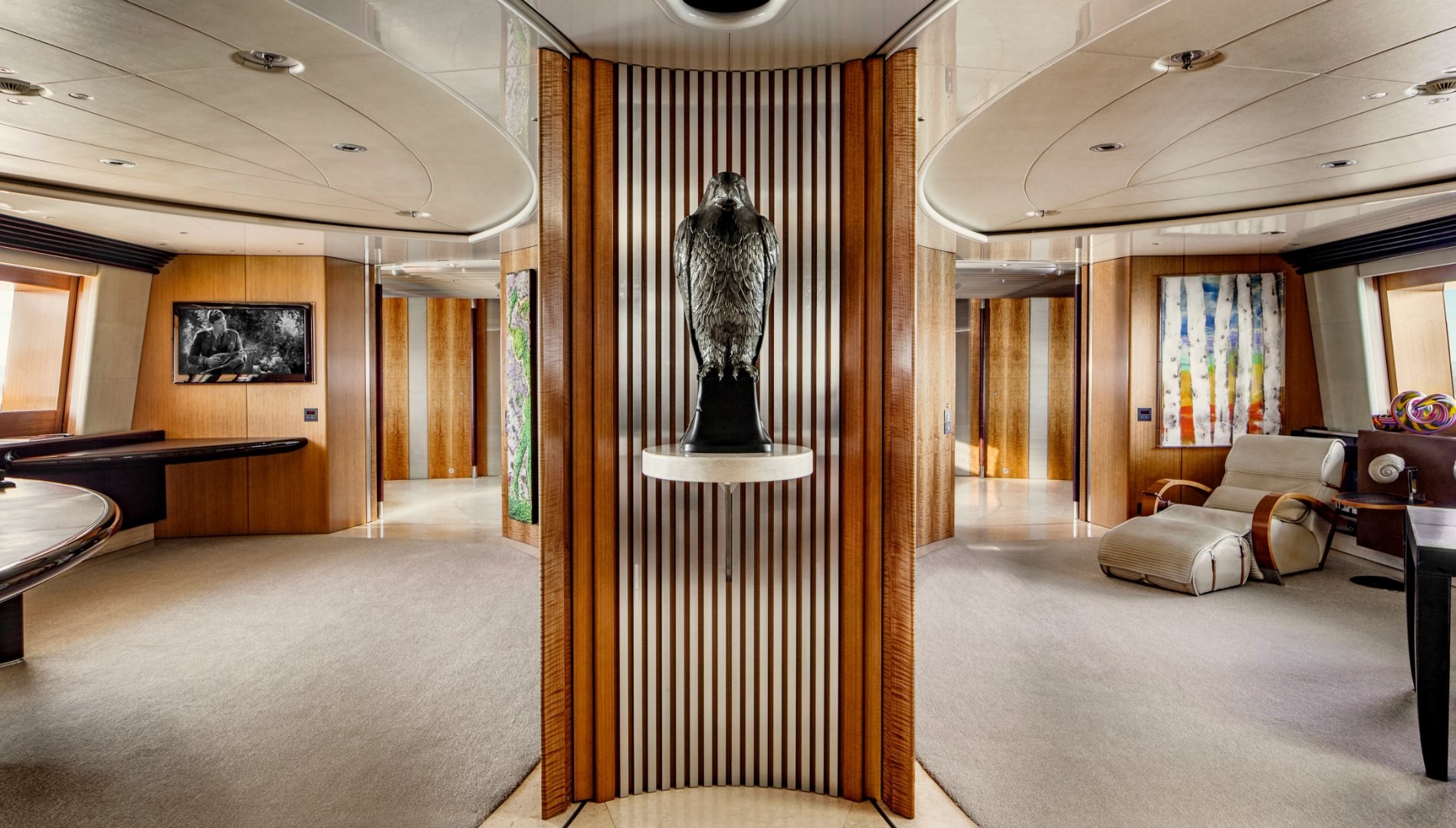
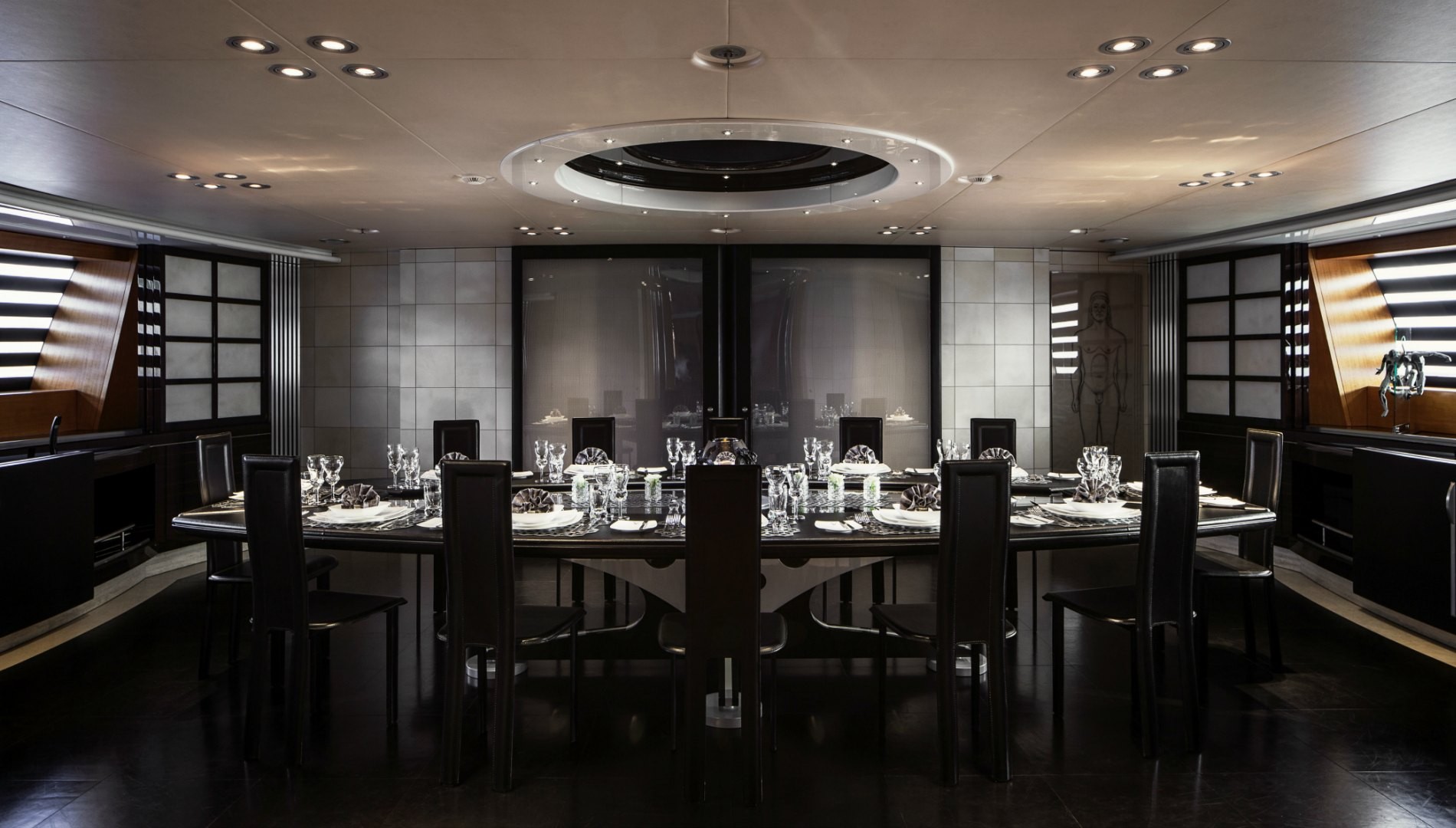
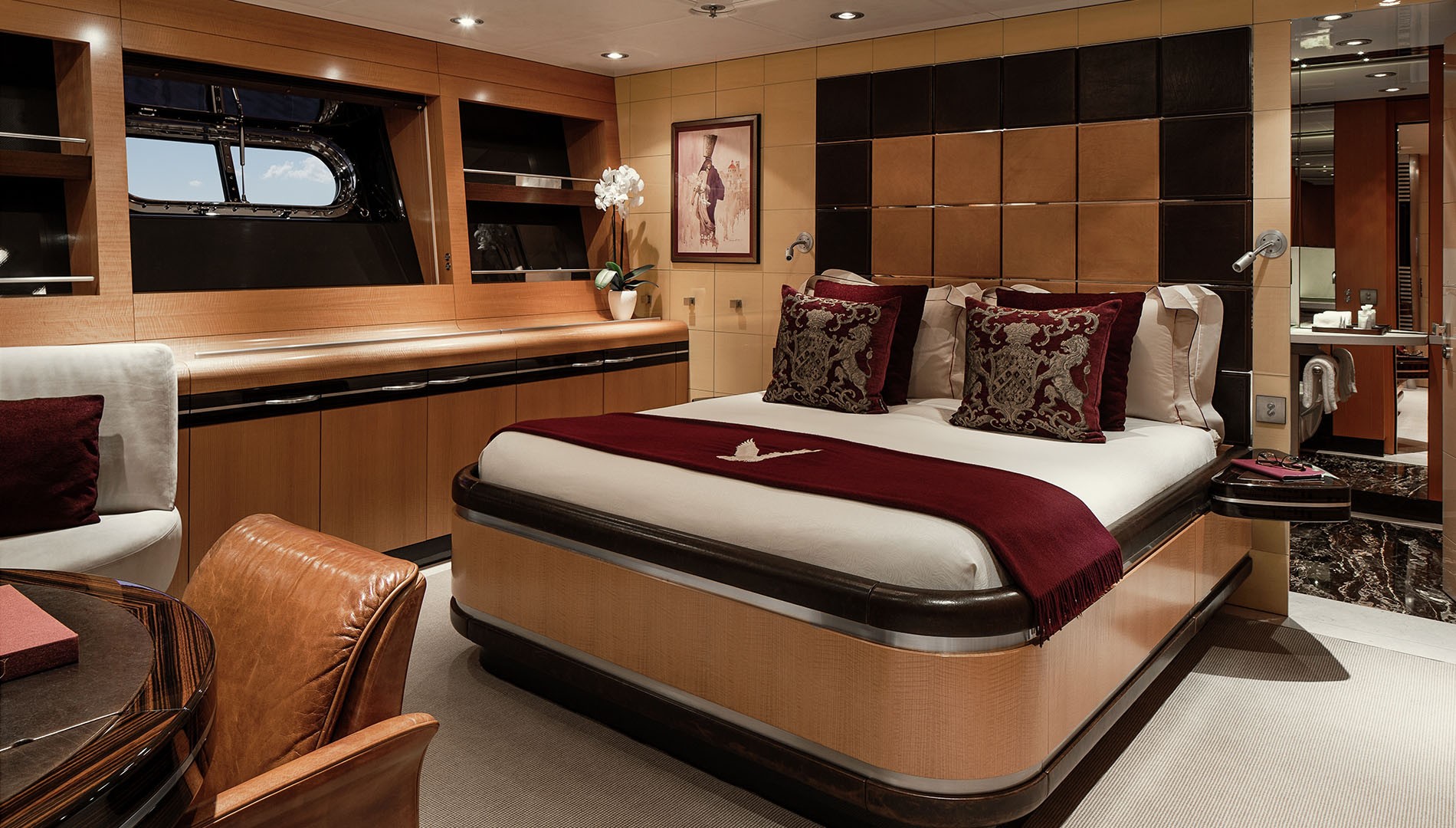
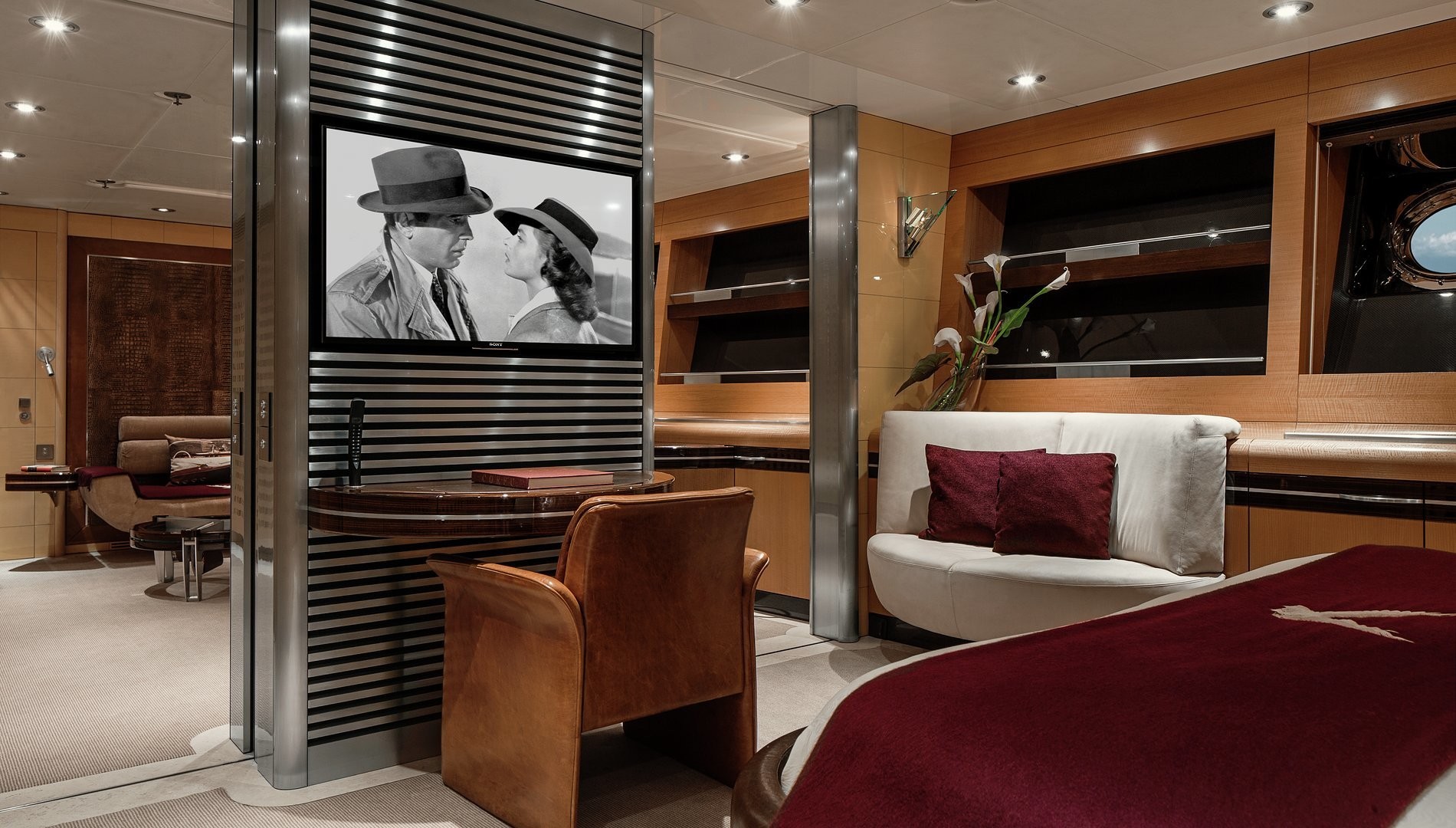
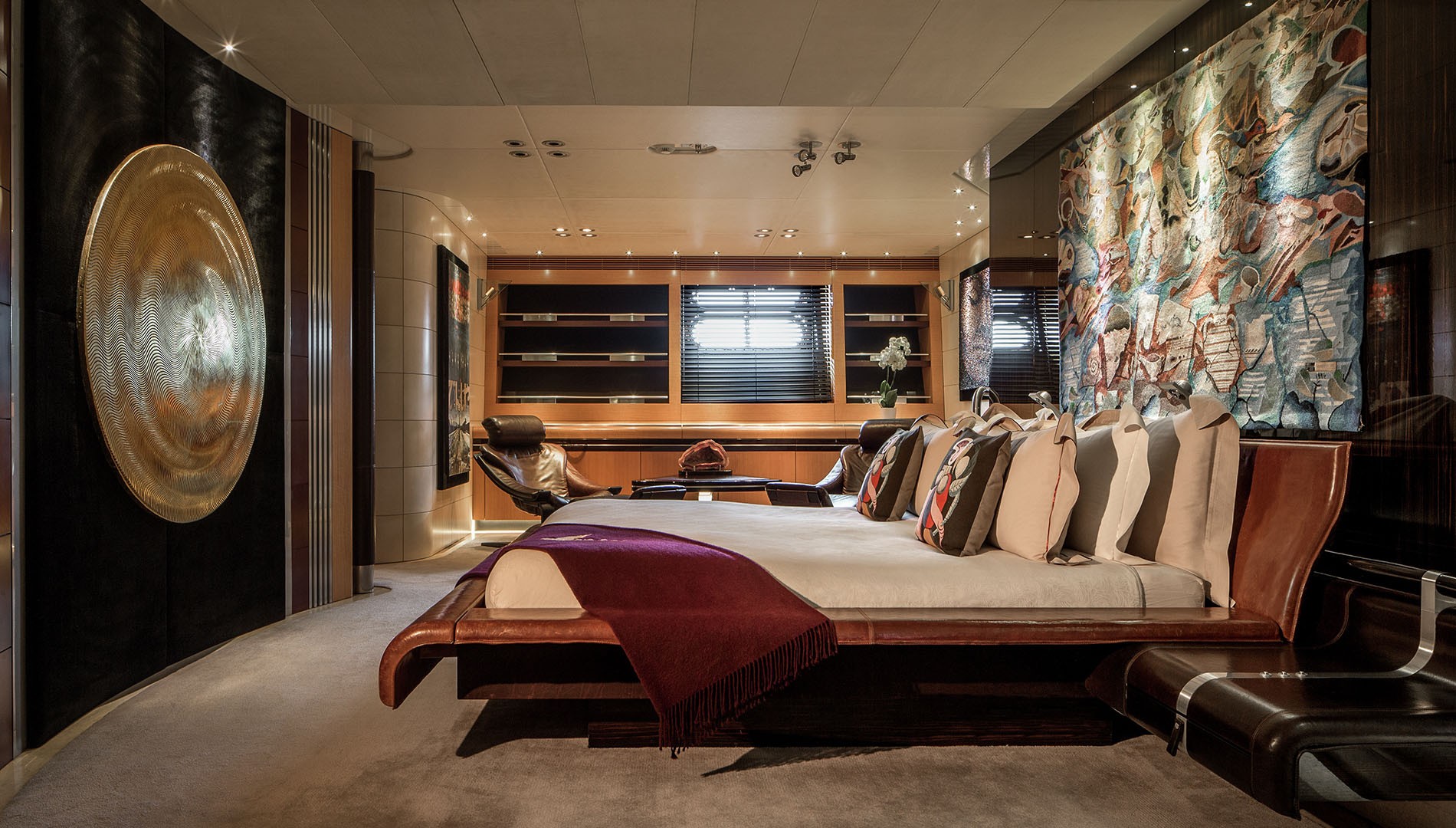
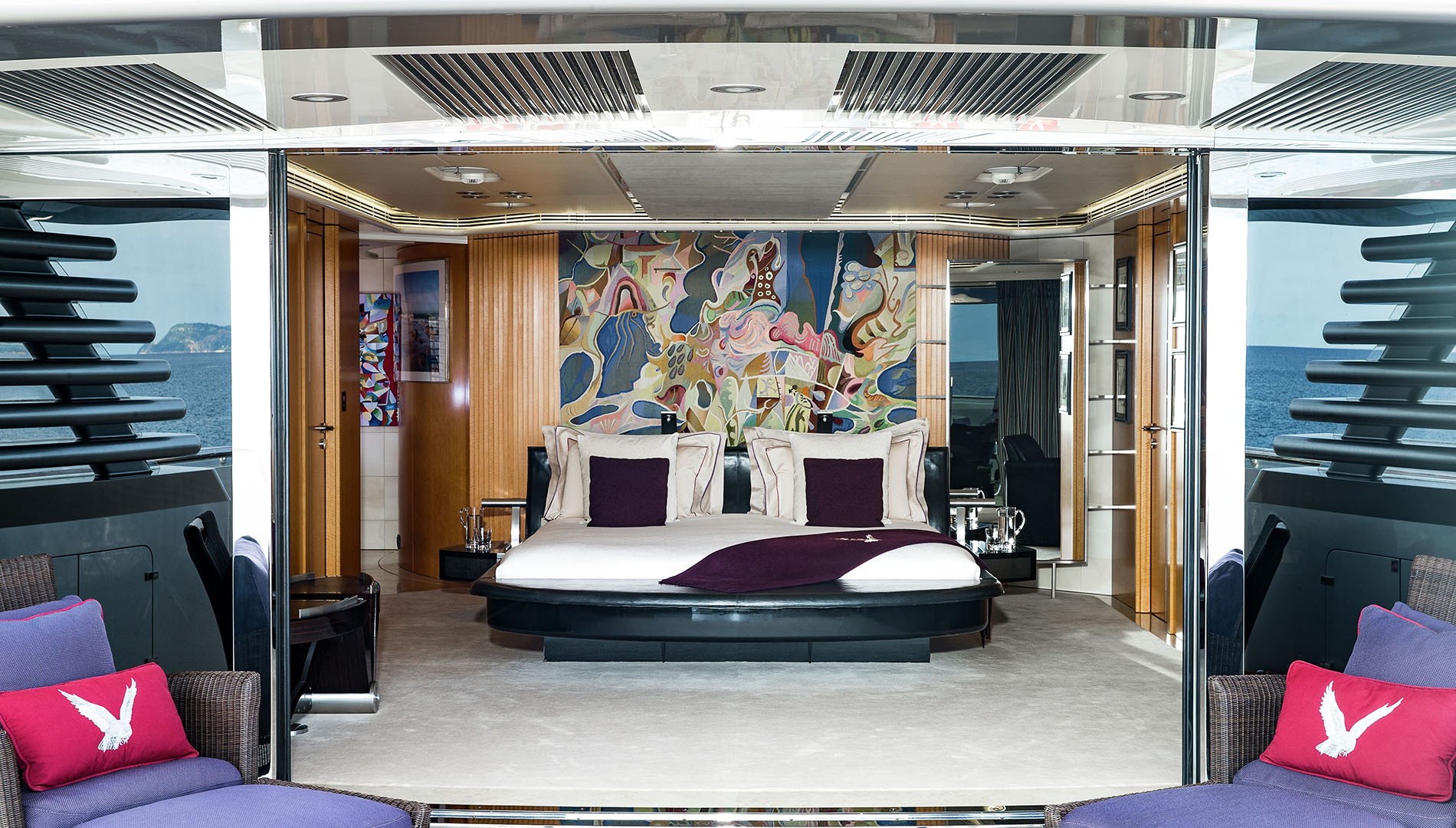
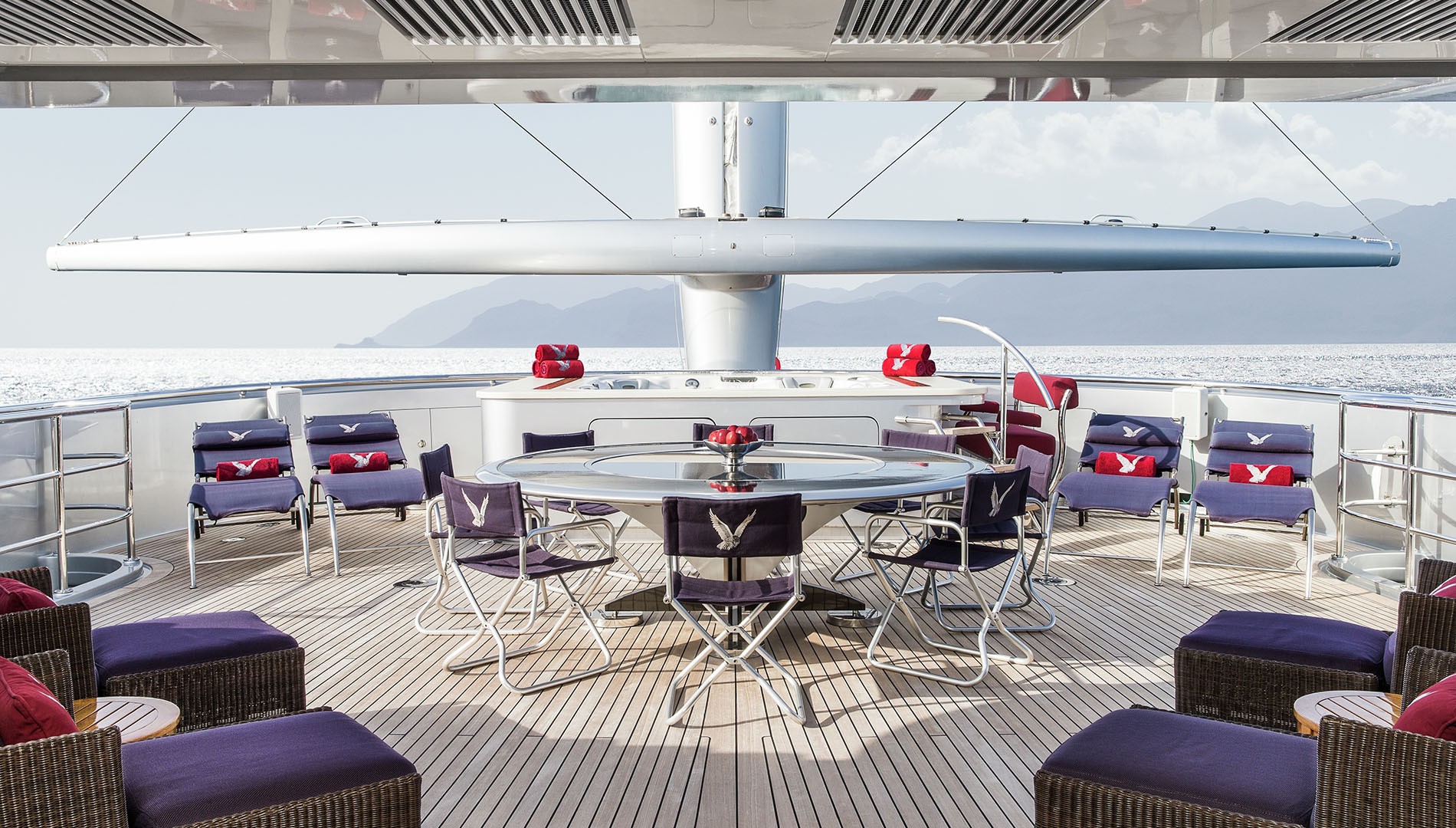
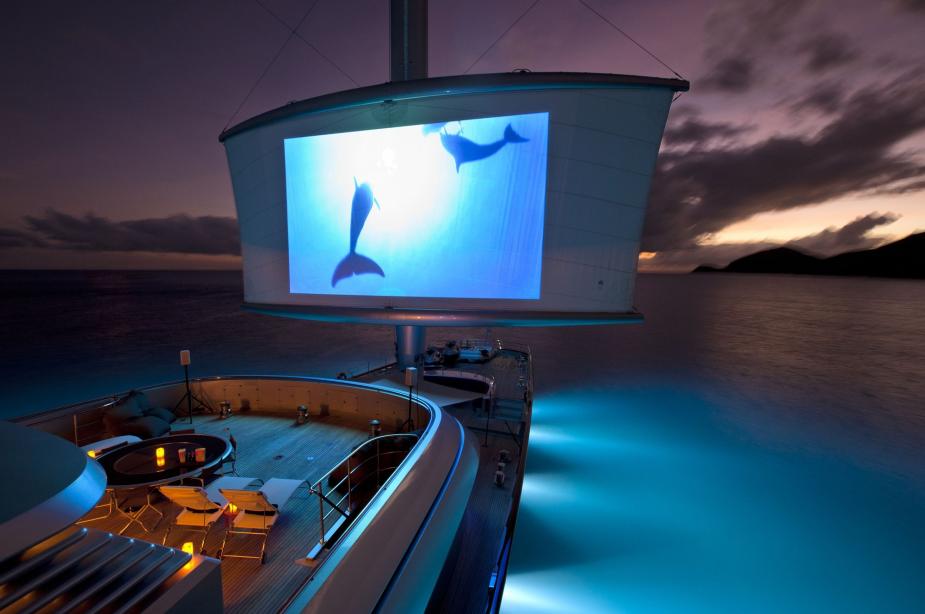
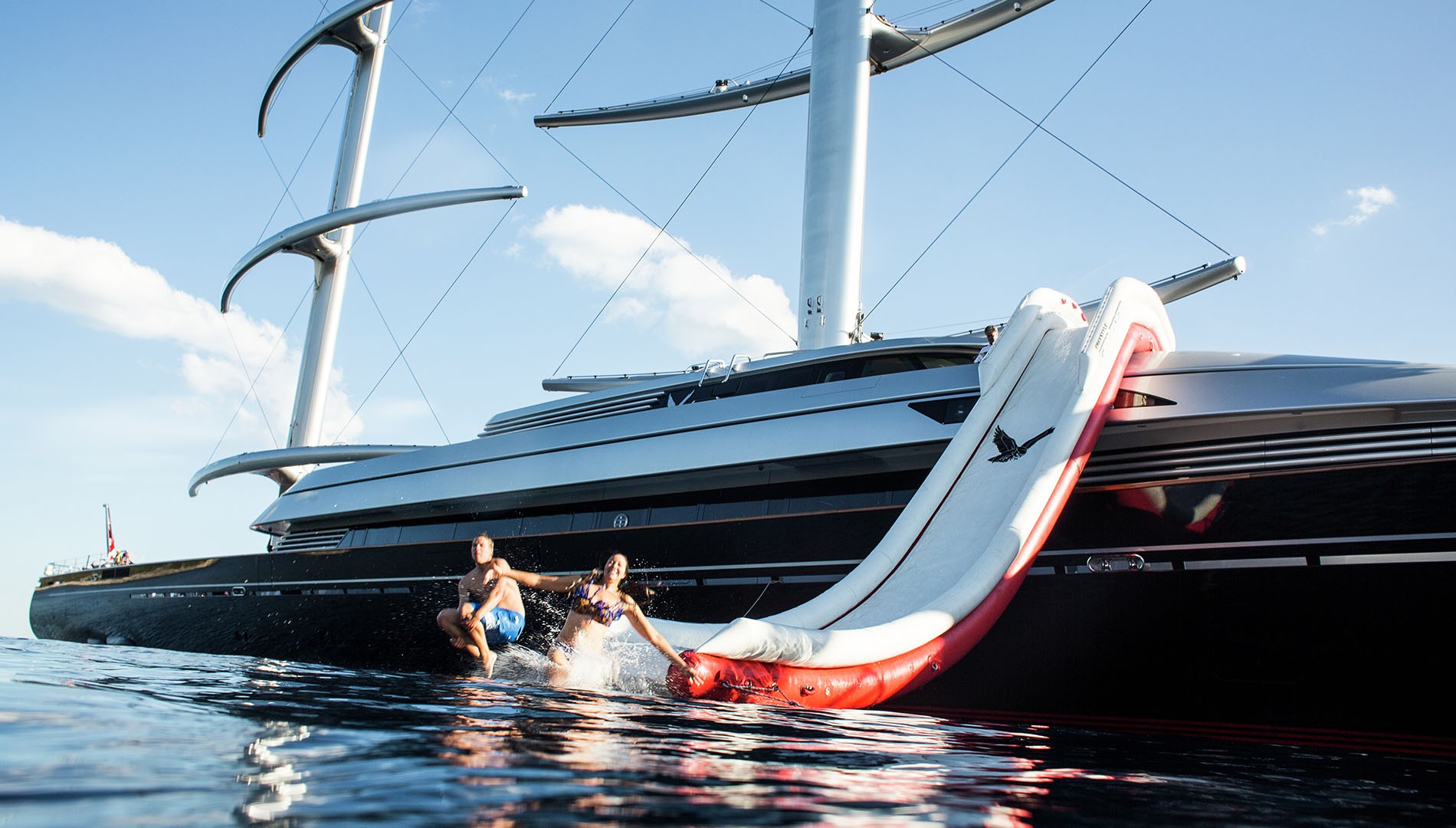
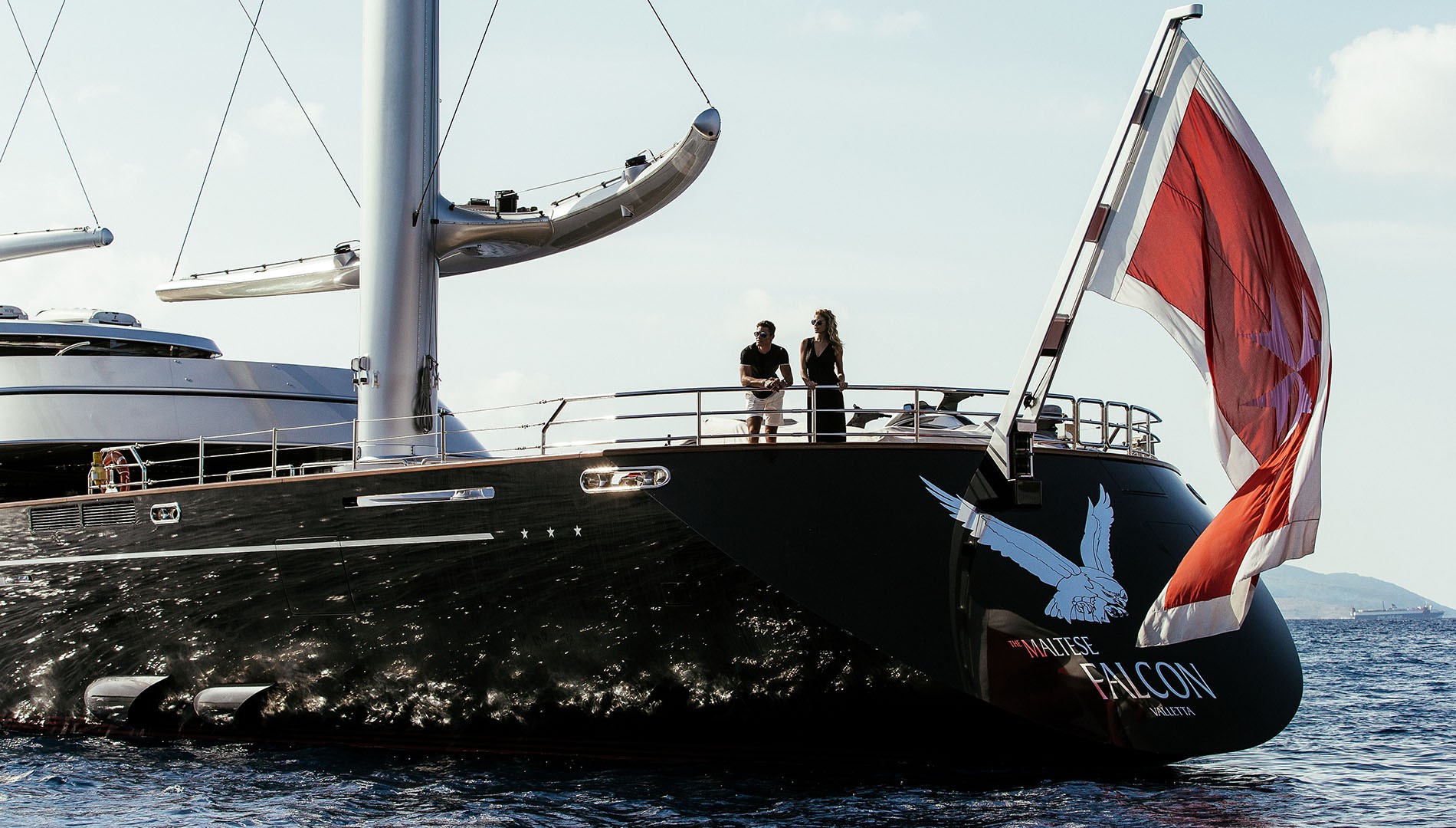
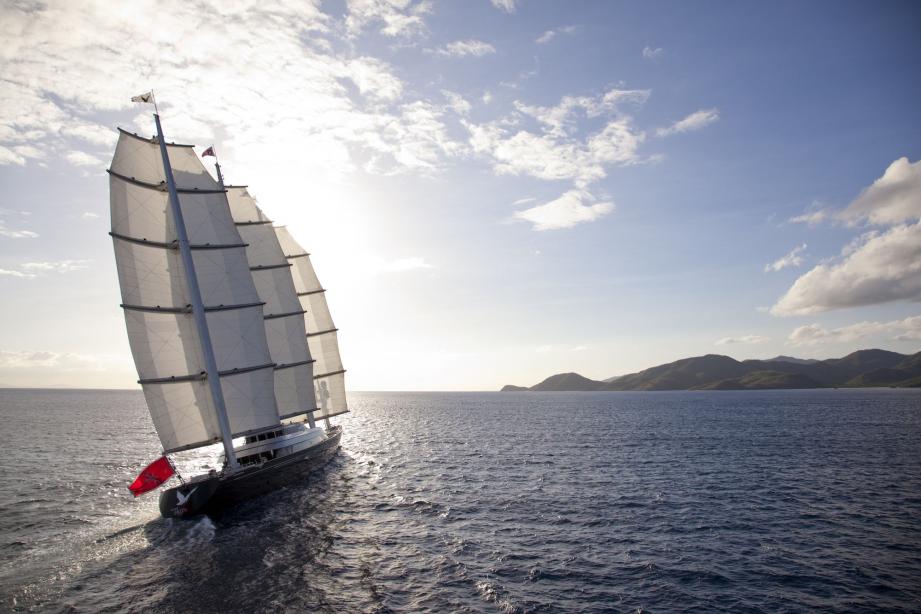
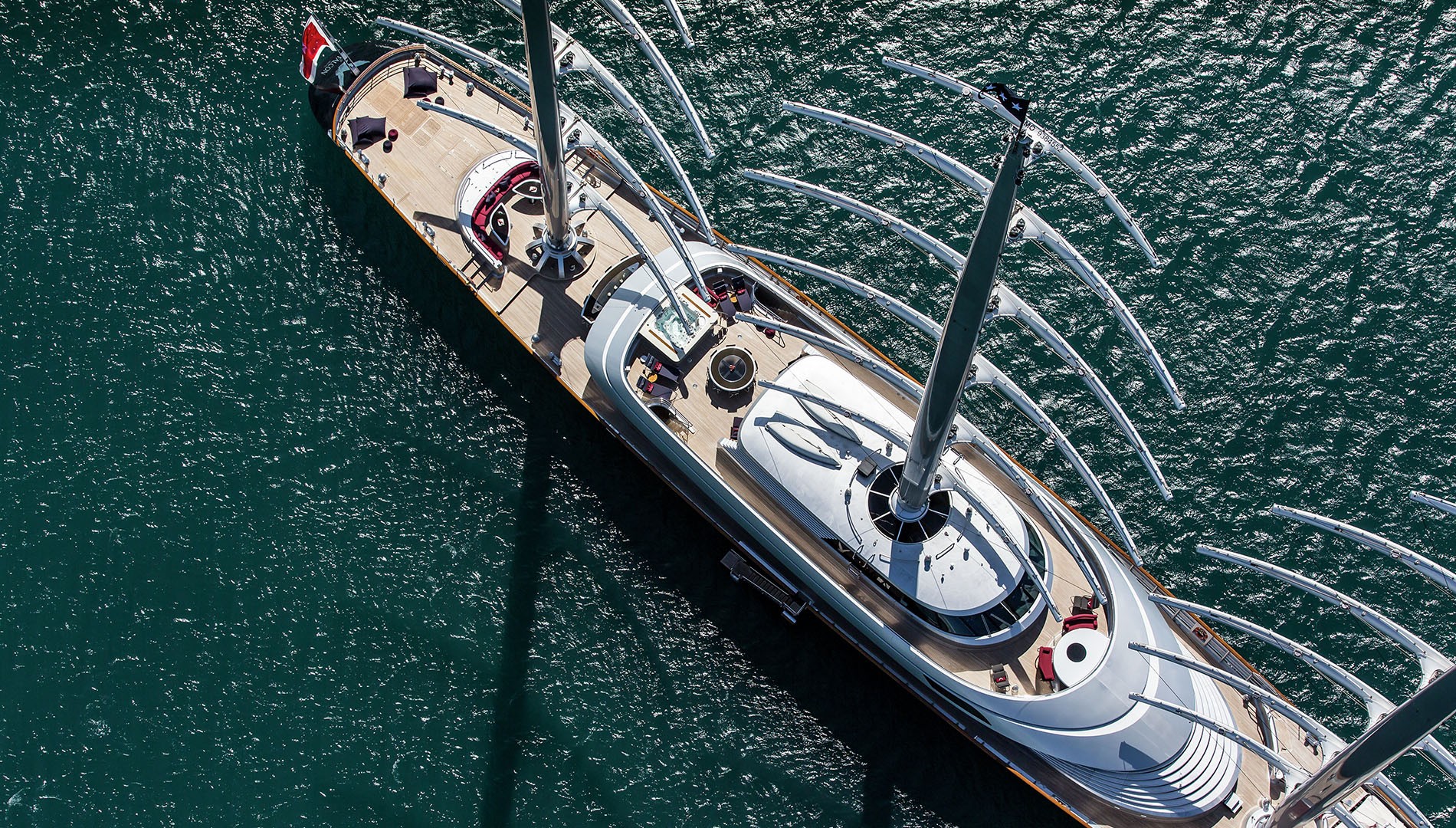
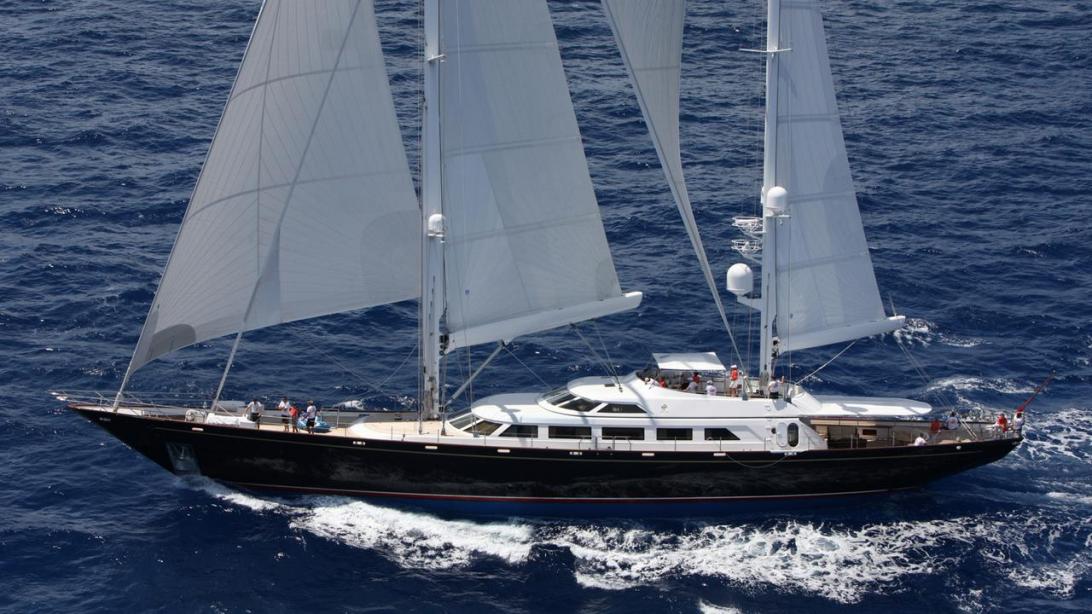
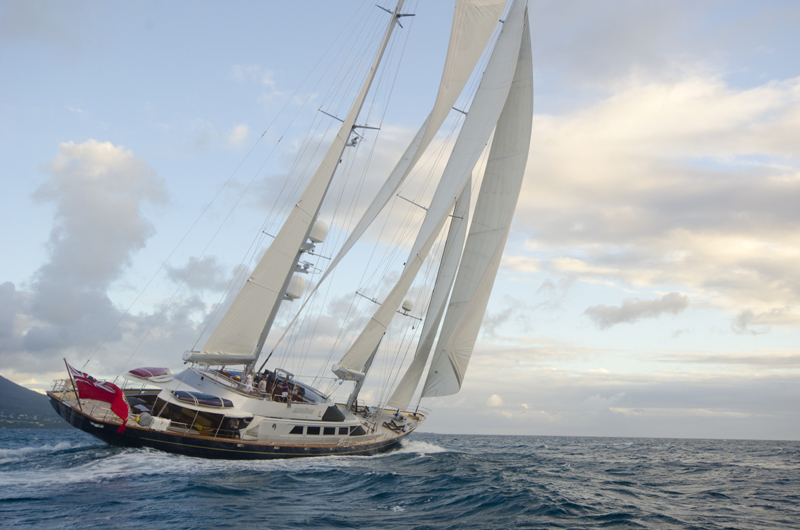
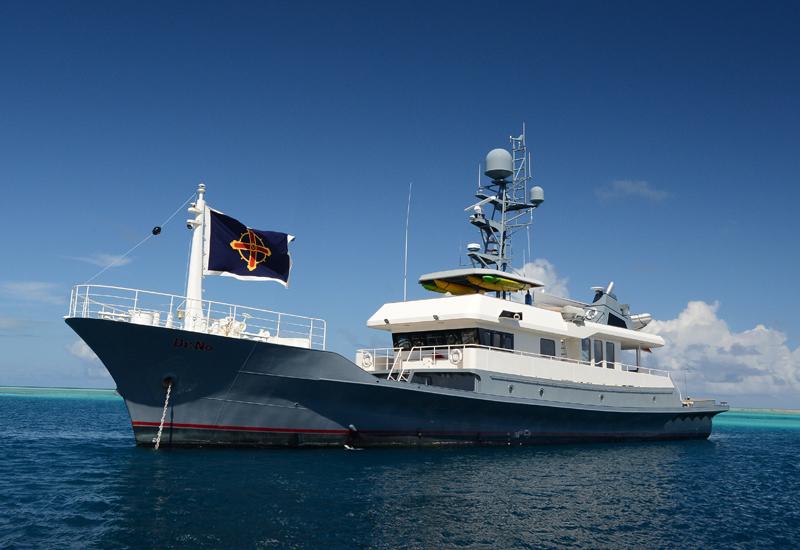
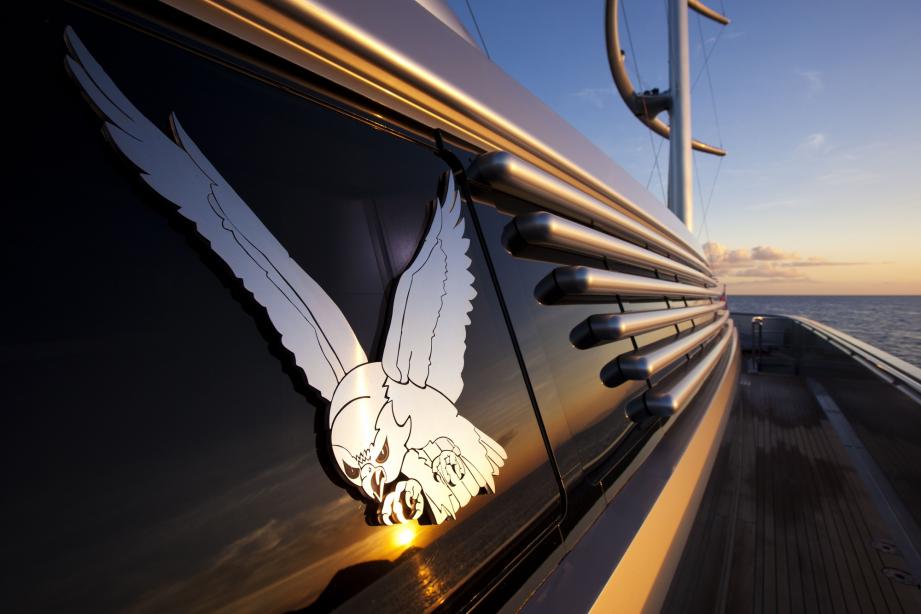
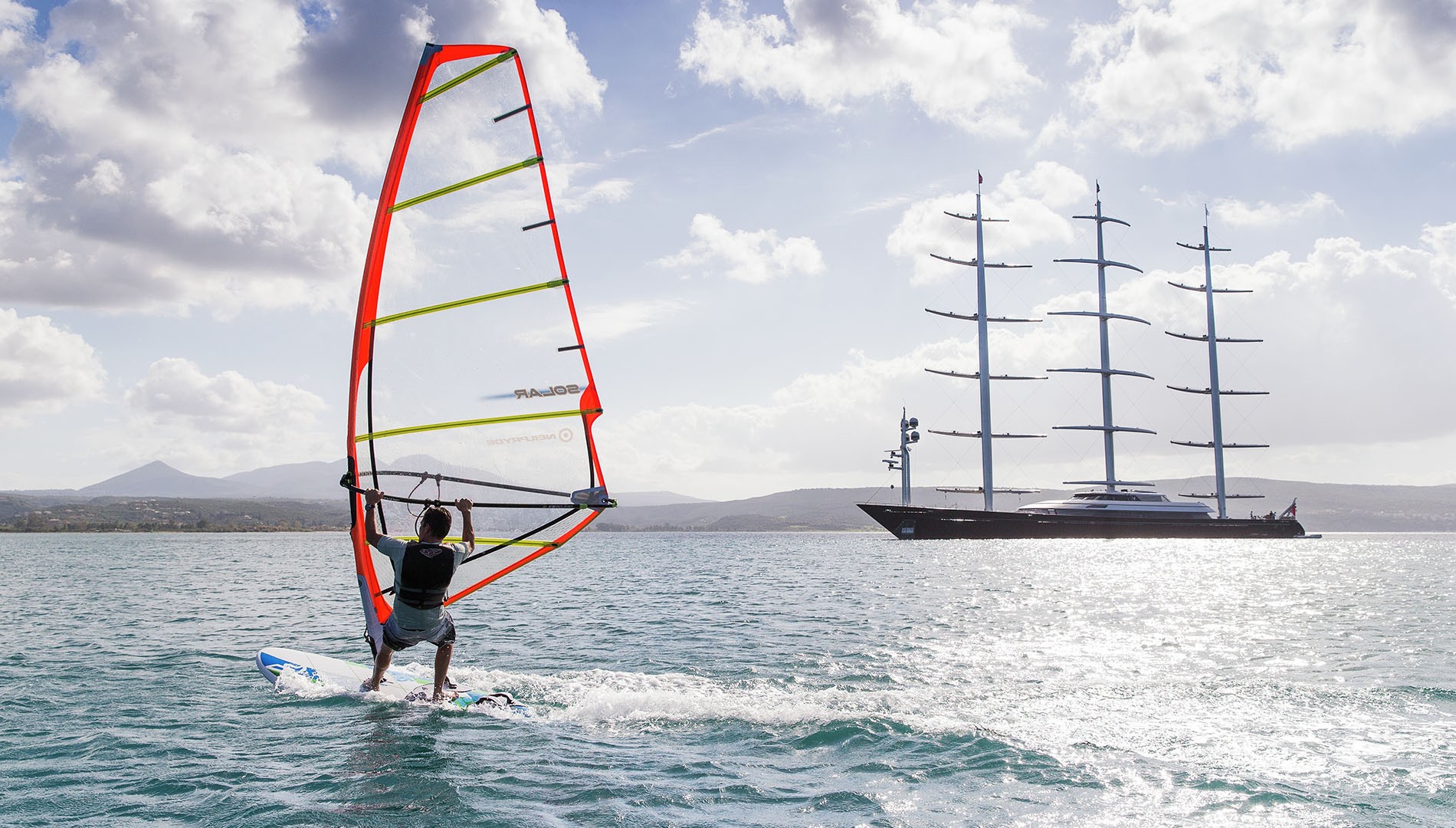
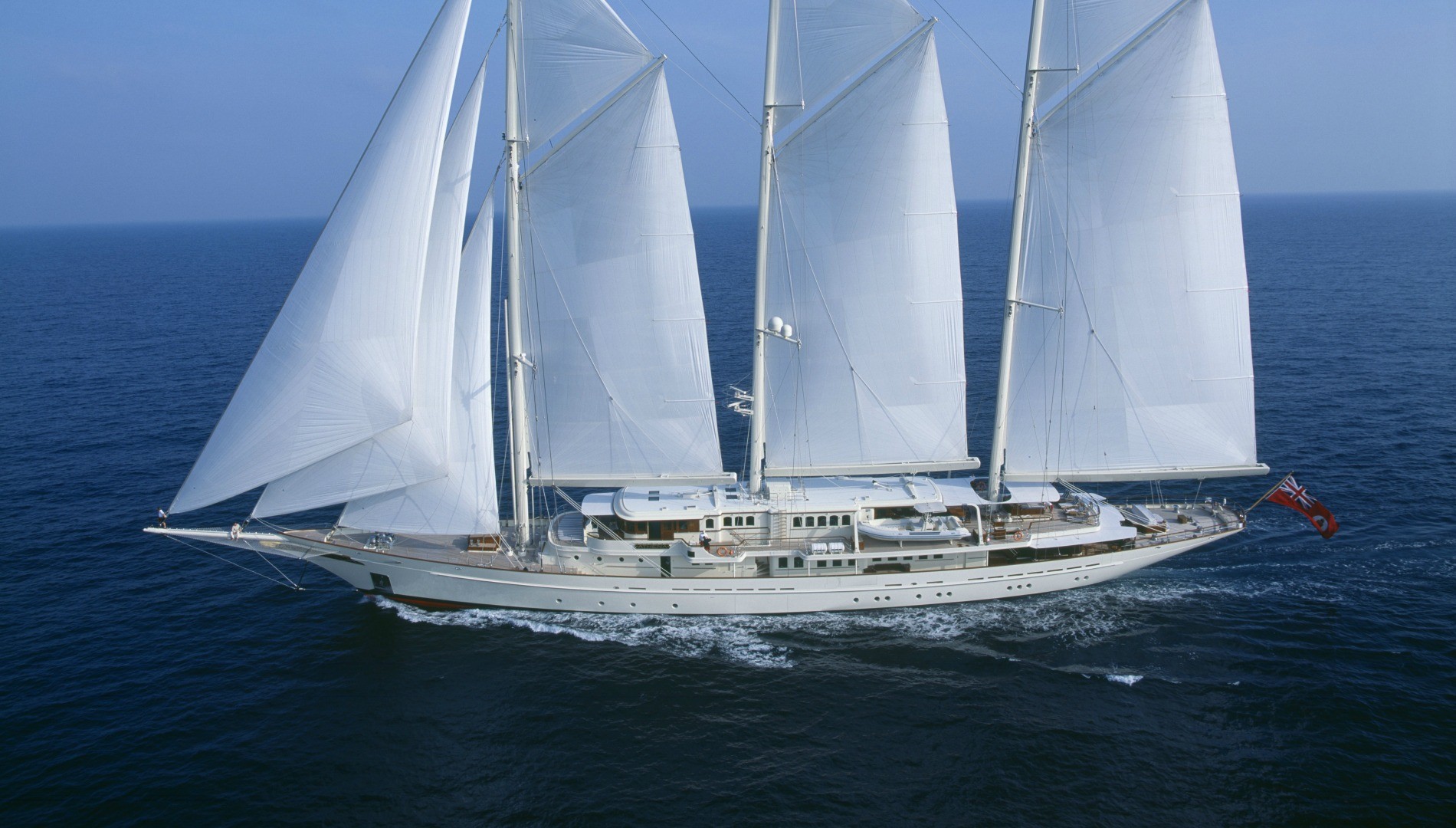
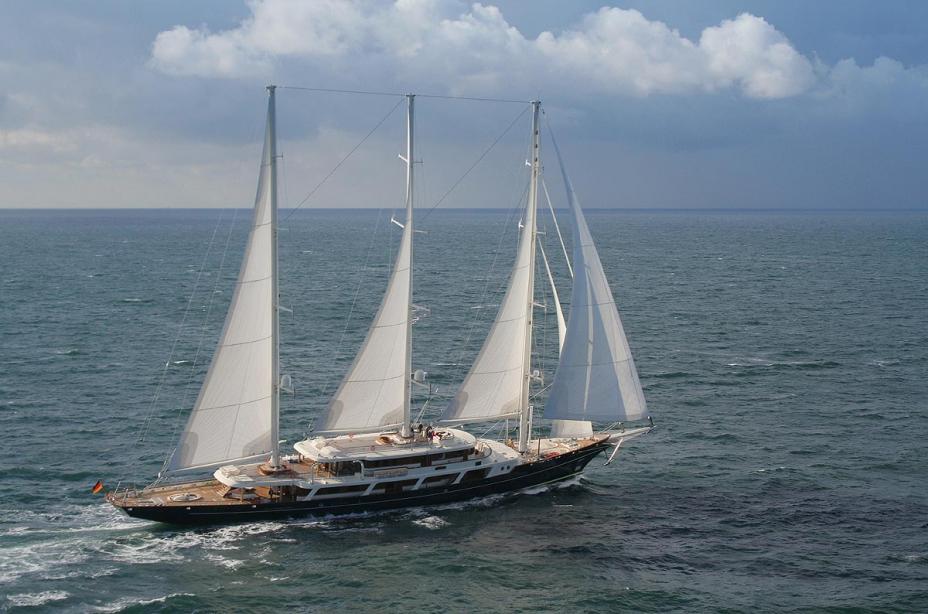


Even though her claim to the crown was recently overtaken by the 106-meter Black Pearl, the Maltese Falcon remains to many one of the most iconic yachts ever built. Sold to Elena Ambrosiadou at an asking price of €70 million in 2009, the 88-meter is also one of the largest yachts available for charter with a rate starting at $400,000 per week.

Commissioned in 2000 by Tom Perkins, the Maltese Falcon took nearly six years to complete and was eventually launched in 2006. Built by Perini Navi, the Italian shipyard now famous for their sailing yachts, the 88 meter's most innovative attribute became her sails that could rotate based on the direction of the wind. This was a first for the yachting industry.
The project was initially based on an incomplete 88-meter hull that Perini Navi had at a facility in Turkey following a canceled order. Interestingly included as an owner supplied item in the building contract, the masts and sails' design initially originated from a fuelling crisis. "While looking into the possibilities I came across the Dynarig ?- a square-rig concept developed by the German government during a fuel crisis to reduce the fuel consumption of merchant ships." recalled Perkins in 2013 with BI.

"This rig inspired me and I looked into its possibilities with the naval architect Gerry Dykstra. I went to his studio and listened to his ideas for applying modern technology to the original primitive concept, using three unstayed carbon fiber masts, each fitted with elegantly curved, fixed yards that would allow the yacht to sail upwind. I was impressed with his ideas and said, ?'Fine, let?'s do it,'? and left.? After the meeting, Dykstra looked at his team in some alarm and said, '?My God, where do we go from here?"
This innovative system that allows the Maltese Falcon to even sail against the wind also gives her advanced cruising abilities. During her first sea trials, she achieved a cruising speed of 16 knots on. In a storm in the Gulf of Lion, France she achieved a top speed of 26 knots under sail alone, with the equivalent of 7,500hp generated through her Dynarig set up.

Three years into his ownership of the Maltese Falcon, Perkins, however, sold her to hedge fund manager, Elena Ambrosiadou at an asking price of €70 million, reportedly at least breaking even on the sale.
"The high point of my ownership was entering San Francisco harbour, when literally tens of thousands of well wishers turned out to see the Maltese Falcon sail beneath the Golden Gate." Perkins explained BI.? "But that was just about the furthest she ever got from Istanbul. ?She was in such demand as a charter yacht and commanded such high fees that I simply couldn't refuse. But this meant keeping her in the Caribbean and the Mediterranean, and I soon got bored with that.? So, in 2009, after three years, this remarkable yacht was sold."

Designed by Ken Freivokh, the Maltese Falcon was extensively refurbished in 2015/2016 during a refit. One of the most active yachts on the charter market, she accommodates up to 12 guests.
The 88-meter yacht's main deck serves as communal space for the guests' entertainment. Aft of the deck is a large, outside dining room with a bar and cocktail space flowing into the Falcon's main salon.

Split with the outside world by a circular bar, that can be closed off in the middle for part of it to remain inside, which is particularly useful during long crossings, the formal main salon acts as a lounging space for guests.

Featuring three comfortable sofas and windows on either side of the yacht, the main salon leads directly onto the staircase that connects each one of the decks.

Forward of the main deck are two formal, separate lounges that can act as a private study, a space for business meetings or simply a nice spot to play cards. These two areas open up to a formal dining area located towards the bow of the yacht.

A more formal location, mainly used in times of bad weather, the dining room located forward of the main deck sits twelve, similarly to the outside dining table found aft of the main deck.

Forward of the dining room are two doors that allow guests to exit onto the deck.
Accommodating up to 12 guests, the 88-meter sailing yacht features four cabins on the lower deck with an additional, convertible one. Designed with clear wood and black & white panels, the reoccurring theme of the Falcon is found in a fashion or another in every room on the yacht.

Although the yacht's main VIP cabin is located aft of the lower deck, an additional VIP cabin can be created by combining two regular cabins forward of the deck through the use of a sliding wall. The forward cabin then transforms into a lounging space for its guests, further creating a his and hers bathroom layout thanks to the additional space.

Stretching across the full beam of the yacht, the original VIP cabin occupies more space than even the master's cabin on the upper deck. Featuring a large bathroom and a lounging space aft of the cabin, the VIP lies aft of the lower deck and is decorated with precious works of art, as are most of the rooms on the Maltese Falcon.

Even more impressively, the master cabin is located on its own deck, up on the upper deck. With a clear view opening from the stateroom's bed onto the Maltese Falcon's aft deck, the stateroom features a private, outdoor lounging area.

On this private deck, which also doubles as a sundeck are several lounging chairs located all around the space. In the middle of the deck is an outdoor, circular, casual dining table. A large, square Jacuzzi completes the sundeck's layout towards its aft.

Amongst the long list of the Maltese Falcon's impressive amenities is its ability to transform the lounging space located towards the bow of its sundeck into a cinema. Installing lounging chairs forward of the sundeck and projecting movies onto the bottom part of her forward sail transforms the Falcon into one of the most theatres on the water.

A popular charter yacht, the Maltese Falcon also boasts a long list of toys for its more dynamic guests. In addition to the two large tenders that it carries on her bow, the Falcon features an inflatable water slide, deployable from its sundeck.

"Irrespective of his amazing achievements before and after, Maltese Falcon remains Tom’s most defining moment." Ken Freivokh told BI in 2013. "He once confided that he would not go down in history for his corporate successes, such as having set up the most successful Venture Capital company ever, a firm that takes credit for the establishment of Los Angeles’ Silicon Valley and the technology that has poured from it, but for having built the Maltese Falcon."

Born in New York in 1932, Thomas Perkins passed away in June 2016 at the age of 84. Haing graduated from MIT and Harvard, Perkins' first key career move came as he helped develop Hewlett-Packard under Bill Hewlett and Dave Packard.
In 1973, Perkins founded Kleiner Perkins together with his former colleague, Eugene Kleiner, hence establishing one of the first venture capital firms on Sand Hill Road. His firm became one of the most succesful VC funds in history, leading investments into Compaq, Google, Amazon and Netscape. In 2014, Forbes estimated his net worth at $8 billion.

"Tom was a pioneer in the venture capital industry." commented Frank Caufield, a partner at Kleiner Perkins at the time of Perkins' death. "He defined what we know of today as entrepreneurial venture capital by going beyond just funding to helping entrepreneurs realize their visions with operating expertise. He was there at the start of the biotech industry and the computer revolution."

Perini Navi, the shipyard under whose brand the Maltese Falcon was built, had a long standing relationship with Perkins prior to starting on the construction of the 88m yacht.
After starting up with a series of small sailing boats, Perkins was introduced to Fabio Perini and ultimately commissioned the 43-meter Andromede la Dea from him. The sailing yacht was delivered in 1987 and became the second yacht ever built by the Italian shipyard. Now known as Paz, the sailing yacht was a turning point for the sector in general.

Three years into his ownership of the 43-meter, Perini brought the designs of a larger scale project to Perkins, who decided it was time for an upgrade. The 47-meter Andromeda La Dea was delivered by the Italian shipyard in 1990. Onboard her, Perkins explored destinations such as Antartica and Alaska.

Shortly prior to his sale of the Maltese Falcon to Elena Ambrosiadou, Perkins decided to look into a new side of yachting and bought a personal submarine. The underwater Falcon could reach depths of up to 400 meters and basically fly underwater.
In order to have a suitable yacht for using the Falcon following his sale of the 88-meter sailing yacht, Perkins purchased a 37-meter Japanese training ship and had it converted at a shipyard in the Philippines. Amongst the adventures of the newly refitted Dr No was following whales in Tonga even underwater thanks to the Falcon.

The Maltese Falcon's new owner, Greek hedge fund manager, Elena Ambrosiadou first saw the sailing yacht near the Greek island of Delos. Together with her ex-husband, Ambrosiadou founded Ikos, their own fund, in 1990 with $600,000 in assets under management.
By 2004, the fund was managing several billion using its math-based strategies and moved over half of its staff to Cyprus for tax purposes. Around the same time, as she purchased the Falcon, the two partners started splitting up with the rights to their trading algorithms widely debated in courted and, reportedly, through corporate espionage within the firm. "There is something extraordinary about the IT at Ikos... Ikos is designed to remove human emotions from trading decisions." one of Ikos' employees told Business Insider.

Was the Falcon really the largest sailing yacht?
Following her delivery and at the time of her sale in 2009, the Maltese Falcon was hailed by international media as the largest yacht in the world. Within yachting, however, this claim always led to vicious debates.
Indeed, whereas it is clear that 180-meter Azzam is the longest yacht in the world and Dilbar is the most voluminous, both of these are motor yachts. With sailing yachts, the ranking is however much more opaque due largely to the measurement that is used.

Loaded waterline length, known as LWL, is the measurement of the length of a vessel from the points where it sits in the water. On the other hand, length overall, abbreviated as LOA, is defined as the maximum length of a yacht's hull, which for sailing yacht also includes the bowsprit, a key factor when measuring a sailing yacht and part of the difficulty in this ranking.
The Maltese Falcon's claim rested on its LOA measurement of 78.21-meters and the fact that she did not have a bowsprit to offset calculations. The 90-meter Athena, built for Jim Clark, Founder of Netscape in which Kleiner Perkins was an investor, was longer in absolute length but had a long bowsprit, which led to long debates.

The main contender to the title, other than the Falcon, was however the 93-meter Lurssen, EOS. Built for Barry Diller, the sailing yacht topped the rankings both in LOA and LWL. Since the yacht had a bowsprit, some argued that her length at waterline should be used (83m) whereas the Falcon should be measured in total length (88m), hence putting her on top.

Recently, this debate was rendered moot by the launch of the 106-meter yacht, Black Pearl by Oceanco. Designed by Ken Freivokh and with naval architecture by Dykstra, the sailing yacht features a Dynarig system, similar to the one found on the Maltese Falcon.

Whereas the Maltese Falcon may no longer be the largest sailing yacht in the world, her build has inspired many of the innovations later found on sailing yachts. As a testament to her popularity, she remains in high demand for charter, over 10 years after her initial delivery.
